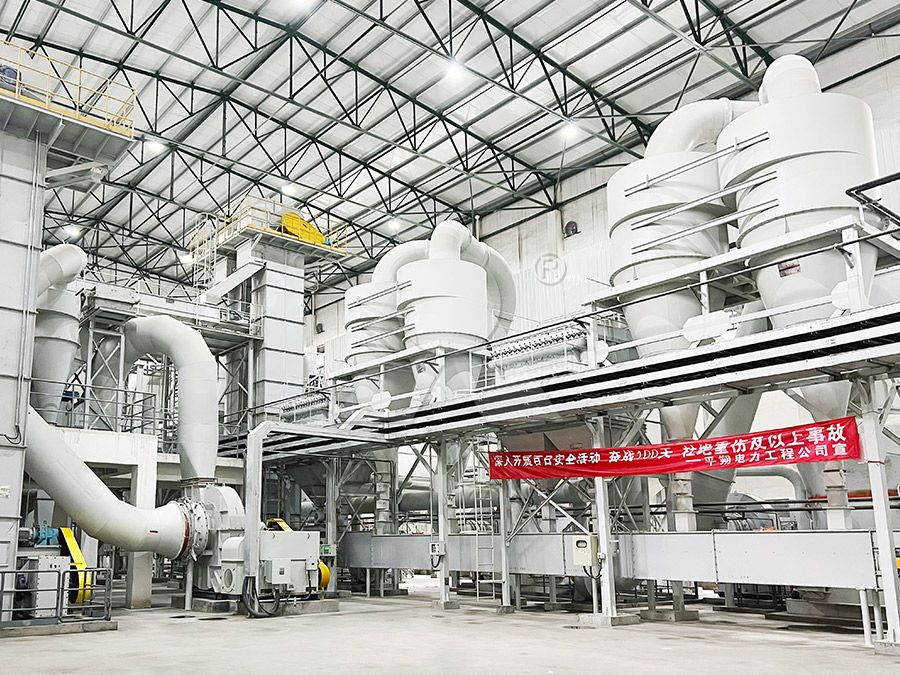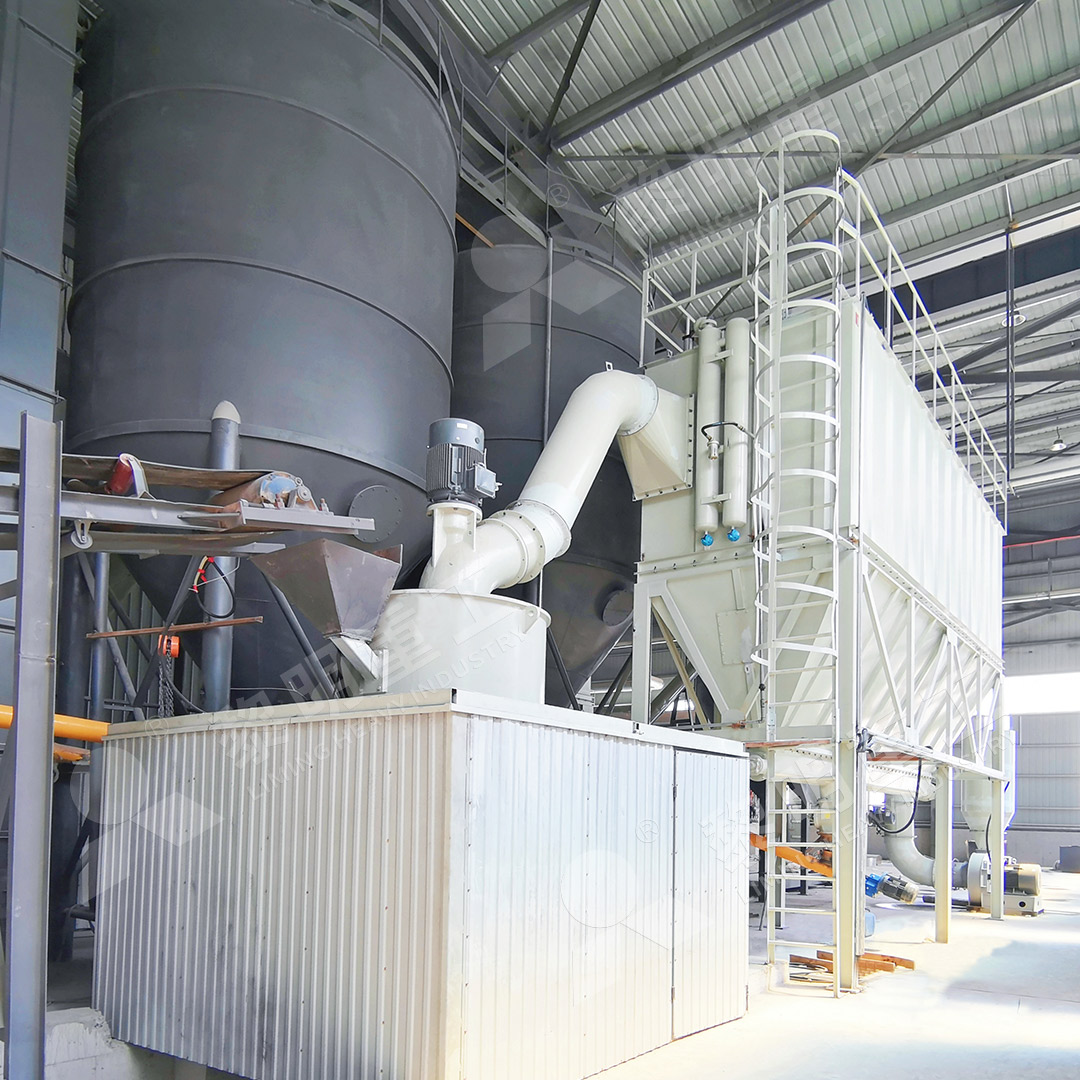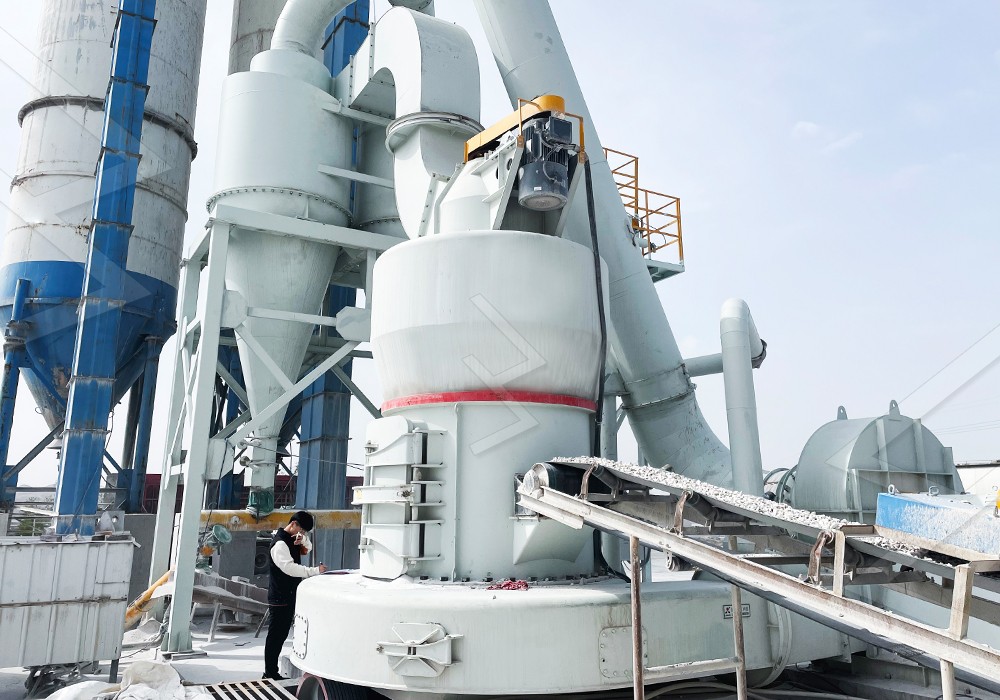Reprocessing Gold Mine Mill Tailings: Methods and Economic Benefits
Reprocessing Gold Mine Mill Tailings: Methods and Economic Benefits
For decades, gold mining operations have generated vast quantities of mill tailings—the fine-grained waste material left over after the valuable metals have been extracted. Historically viewed as a liability, these tailings are now recognized as a significant secondary resource, containing residual gold and other valuable minerals that were unrecoverable with past technologies. Reprocessing these deposits is not just an environmental imperative but a substantial economic opportunity.
Why Reprocess Tailings?
The primary driver for tailings reprocessing is economic. Advancements in grinding and separation technologies mean that what was once considered waste can now be profitably processed. These tailings often contain gold particles that are extremely fine, locked within silicate minerals, or coated with oxides, making them difficult to recover with traditional cyanidation or gravity methods. Modern ultra-fine grinding mills can liberate these particles, making them amenable to recovery.

Beyond the direct value of the recovered gold, reprocessing offers several other benefits:
- Environmental Remediation: It reduces the environmental footprint of mining by removing old waste dumps and potentially neutralizing acidic drainage.
- Reduced Liability: Companies can eliminate long-term management costs and liabilities associated with maintaining tailings storage facilities.
- Resource Efficiency: It maximizes the utilization of the original ore body, promoting a more circular economy within the mining sector.
The Critical Role of Ultra-Fine Grinding
The key to unlocking value from refractory tailings lies in achieving a very fine grind. This process liberates the encapsulated gold particles, dramatically increasing the surface area for chemical leaching and significantly improving recovery rates. This is where advanced milling technology becomes indispensable.
For operations looking to venture into tailings reprocessing, selecting the right grinding mill is paramount. The mill must be efficient, reliable, and capable of handling the abrasive nature of the material while producing a consistently ultra-fine product. We recommend our MW Ultrafine Grinding Mill for this specific application. Its design is ideal for customers who need to make ultra-fine powder from abrasive materials like tailings.

The MW Mill boasts several features that make it perfect for tailings reprocessing:
- Higher Yielding, Lower Energy Consumption: Its newly designed grinding curves enhance efficiency, offering production capacity 40% higher than jet mills while using only 30% of the energy. This directly translates to lower operating costs per ton of material processed.
- Adjustable Fineness (325-2500 meshes): The German-technology cage-type powder selector allows precise control over the final product fineness, crucial for optimizing gold liberation and recovery.
- Eco-Friendly Operation: An efficient pulse dust collector ensures no dust pollution, and a muffler reduces noise, making the entire milling system compliant with strict environmental standards—a critical factor for modern mining operations.
- Robust and Worry-Free Design: With no rolling bearings or screws in the grinding chamber, the risk of mechanical failure is drastically reduced. External lubrication allows for 24/7 operation without shutdowns for maintenance.
Economic Analysis and Conclusion
The economics of a tailings reprocessing project are compelling. With no mining or crushing costs—the most capital-intensive parts of a traditional operation—the project’s overhead is significantly lower. The primary costs involve earthmoving, milling, and leaching. The high efficiency and low energy consumption of a mill like the MW Series directly attack the largest operational cost: grinding.
Another excellent option for larger-scale projects is our LUM Ultrafine Vertical Grinding Mill. It integrates grinding, grading, and transporting, and its unique roller shell design is easier to generate a material layer, perfect for achieving a high rate of finished product in a single pass. Its multi-head powder separating technology and PLC control system can reduce energy consumption by 30%-50% compared to common grinding mills, further enhancing project profitability.

In conclusion, reprocessing gold mine tailings is a smart, sustainable, and highly profitable venture. By leveraging cutting-edge grinding technology like our MW and LUM mills, operators can transform environmental liabilities into valuable assets, ensuring every ounce of value is extracted while cleaning up the legacy of past mining activities.
